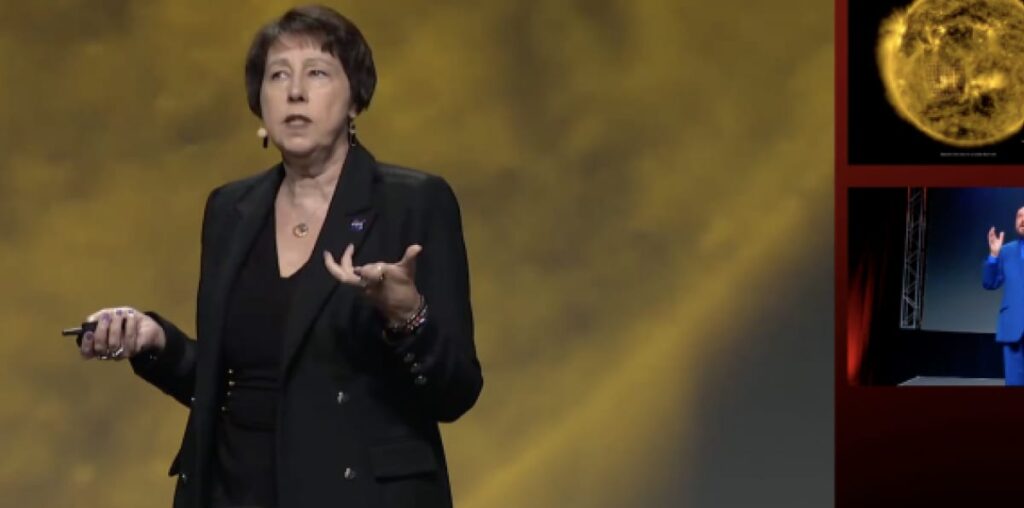
At the Supercomputing Conference or SC2024, NASA’s Associate Administrator for the Science Mission Directorate, Nicola Fox, detailed new computational tools intended to advance space science. NASA plans to employ a large language model across its science divisions, bolstered by foundation models tailored to Earth science, heliophysics, astrophysics, planetary science, and biological and physical sciences. This strategy was illustrated through a heliophysics foundation model, which applies extensive data from NASA’s Solar Dynamics Observatory to forecast solar wind events and track sunspot activity.
Evolution of Space Computing and the Voyager Missions
Fox recounted how NASA’s Voyager missions, launched in the 1970s, served as milestones in computing for space exploration. Operating with early semiconductor memory, these spacecraft provided unique insights, including discoveries of Jupiter’s faint ring and Saturn’s additional moons.
Although far surpassed by modern technology, the Voyager missions revealed the possibilities for future computational breakthroughs in space science. Since then, NASA’s computational requirements have expanded, with over 140 petabytes of data now stored and shared under open science policies, allowing global scientists to access and benefit from NASA’s research.
Real-Time Data and Earth Observation Advances
NASA’s Earth Information Center was presented as a prime example of federal collaboration. It integrated data on environmental changes with insights from agencies such as NOAA and the EPA.
Using data from satellite missions, Fox showcased NASA’s ability to observe natural events like wildfires in near real-time. She also noted advancements in wildfire detection from polar-orbiting satellites, allowing precise tracking of hot spots. She said that data-driven efforts like these are critical as NASA continues to enhance the monitoring of natural phenomena on Earth.
Searching for Life Beyond Earth
Towards the end, she addressed NASA’s ongoing investigations into extraterrestrial life. Recent studies of exoplanets, such as LP 791-18d, underscore this pursuit. NASA’s observatories, including the Transiting Exoplanet Survey Satellite (TESS). It has facilitated the detection of thousands of exoplanets, aiding in the search for conditions that might support life beyond Earth.
Fox concluded by highlighting the powerful role that AI and computing now play in analysing the massive datasets produced by NASA’s missions, making it possible to explore questions that were previously out of reach.

